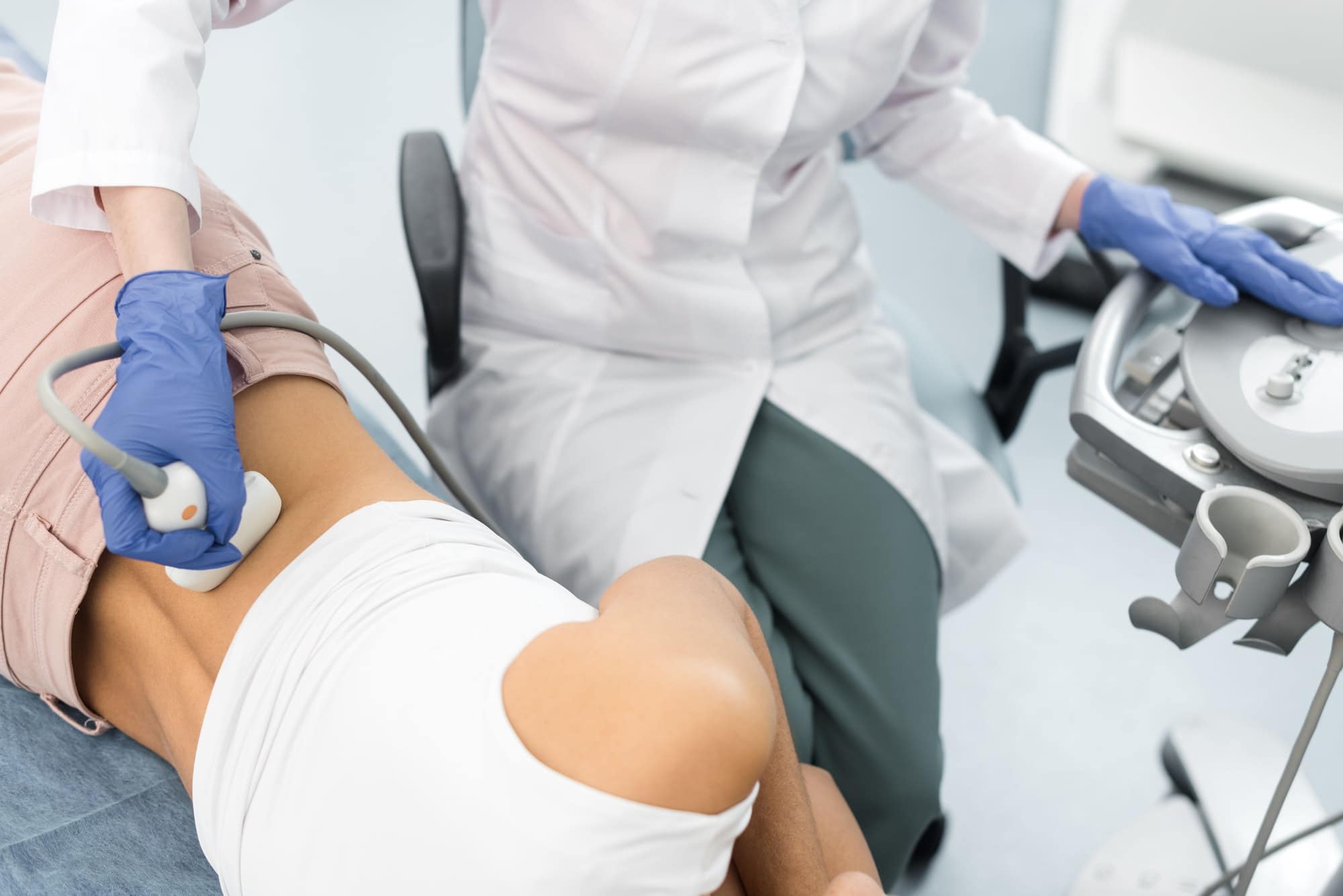Obstructed kidney is also termed hydronephrosis. An obstructed kidney continues to produce urine and the buildup of urine within the kidney increases pressure within the kidney. This condition can be a result of several different causes. A renal calculus (kidney stone), tumor or a blood clot situated in the kidney can block the outflow of urine from the kidney.
Symptoms vary and can include:
- Severe pain in the side of the back if the hydronephrosis develops quickly
- Dull, aching pain in same region if the hydronephrosis develops slowly
- Gastrointestinal symptoms including vomiting, abdominal pain, nausea
- No symptoms at all
Treatment usually aims to relieve the cause of obstruction. For example, if the urethra is obstructed because of an enlarged or cancerous prostate, treatment can include drugs, such as hormone therapy for prostate enlargement, surgery for tumor of the prostate, or enlargement of the urethra with dilators. Other treatments, such as lithotripsy or endoscopic surgery, may be needed for stones that block the flow of urine. If the cause of obstruction cannot be rapidly corrected, particularly if there is infection, kidney failure, or severe pain, the urinary tract is drained. In acute hydronephrosis, urine that has accumulated above the obstruction can be drained with a soft tube inserted through the skin into the kidney (nephrostomy tube) or by insertion of a soft plastic tube that connects the bladder with the kidney (ureteral stent).

